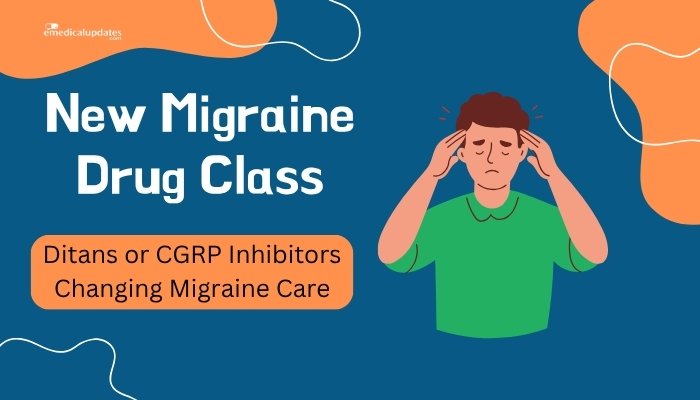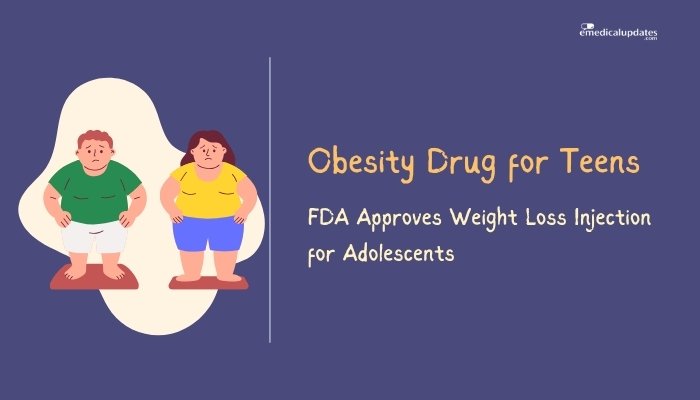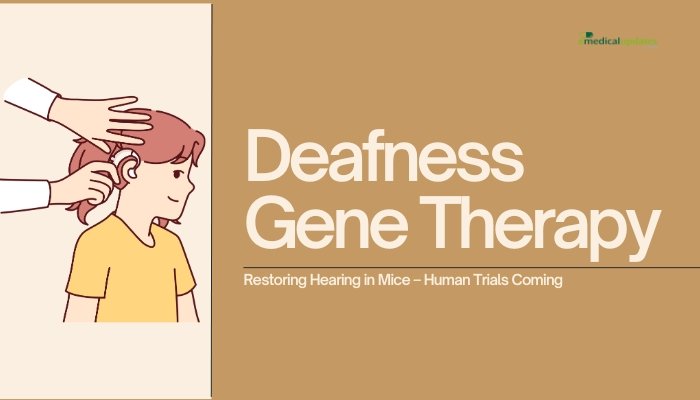Introduction
For those living with migraines, debilitating headaches can disrupt work, family time, and daily activities, often accompanied by throbbing pain, nausea, and sensitivity to light or sound. While triptans and over-the-counter pain relievers have helped many, these treatments don’t always work, and some people can’t tolerate their side effects.
Enter new migraine drugs: Ditans and calcitonin gene-related peptide (CGRP) inhibitors, which have broadened options for both acute and preventive migraine care. This article explores how these medications differ from older ones, their clinical effectiveness, and what they mean for migraine sufferers moving forward.
Traditional Migraine Therapies: Gaps and Limitations
Triptans and NSAIDs
- Triptans: Standard acute migraine treatments that target serotonin receptors, constricting cranial blood vessels. While effective for many, they can provoke chest tightness or vascular side effects and are not recommended for people with certain cardiovascular risks.
- NSAIDs / OTC Analgesics: Help mild migraine episodes but may fall short during more severe attacks. Overuse can risk medication-overuse headaches and GI issues.
Preventive Medications
- Beta-Blockers, Antidepressants, Anticonvulsants: Prescribed for prophylaxis, but results vary, and side effects or tolerability remain a challenge.
This unmet need—finding better, safer, and more targeted treatment—spurred research into new pathways, leading to the development of Ditans and CGRP-targeting therapies.
Ditans: A New Twist on Serotonin Signaling
Lasmiditan: The First “Ditan”
Ditans share some lineage with triptans by affecting serotonin receptors but differ in important ways:
- Receptor Specificity: Ditans (like lasmiditan) selectively bind the 5-HT1F receptor, avoiding the vascular constriction often linked to 5-HT1B receptors targeted by triptans.
- Vasoconstriction-Free: Because they don’t narrow blood vessels significantly, they could be safer for patients at cardiovascular risk who can’t use triptans.
Clinical Evidence
- Efficacy: Trials show ditans reduce headache pain and associated migraine symptoms (light/sound sensitivity), sometimes within 1–2 hours.
- Main Side Effects: Dizziness and sedation can occur; caution around driving or operating machinery is advised post-dose.
- Expanded Patient Pool: By sidestepping vascular mechanisms, ditans might suit those with hypertension or coronary artery disease for whom triptans are contraindicated.
CGRP Inhibitors: Blocking Migraine at Its Source
CGRP and Migraine Pathophysiology
Calcitonin gene-related peptide (CGRP) is central to migraine biology, driving inflammation and pain signals in the trigeminal nerve pathway. Targeting CGRP can interrupt the process that triggers migraine attacks.
Classes of CGRP Drugs
- Monoclonal Antibodies (Preventive): Erenumab, galcanezumab, fremanezumab, eptinezumab—mostly monthly or quarterly injections to block CGRP or its receptor.
- Gepants (Acute/Preventive): Small oral molecules (like ubrogepant, rimegepant) that antagonize CGRP receptors, effective for acute treatment or prophylaxis (depending on the drug).
Clinical Outcomes
- Reduced Attack Frequency: Many see fewer monthly migraines after starting a CGRP inhibitor.
- Better Tolerability: Typically mild side effects, like injection-site reaction or constipation.
- Improved Quality of Life: Trials highlight decreased reliance on rescue meds and less impact on daily activities.
Benefits of New Drug Classes
- Expanded Options: For those who fail or cannot take triptans, ditans or CGRP-targeting drugs provide fresh avenues.
- Tailored Approaches: Depending on the patient’s profile—cardiac risk, severity of migraines, frequency, etc.—providers can choose from multiple new mechanisms.
- Rapid Relief: Some CGRP meds act quickly for acute episodes, while prophylactic forms can minimize future attacks.
Practical Considerations
Cost and Insurance
As novel therapies, these medications can be costly without coverage. Many insurers require prior authorization or demonstration of insufficient response to older migraine treatments before approving them.
Safety and Side Effects
- Ditans: Dizziness, sedation. Patients need caution for activities needing alertness.
- Gepants: Typically mild GI issues, potential drug interactions for those metabolized by certain liver enzymes.
- Monoclonal Antibodies: Rare but possible allergic reactions. Long-term safety data continue to accrue, though results so far seem reassuring.
Who Qualifies?
Neurologists assess the severity, frequency, and response to existing therapies. They might recommend these new classes for moderate-to-severe migraines or for patients with comorbidities that exclude triptans.
Future Outlook
Ongoing Research
Drug developers continue refining molecules—looking for oral CGRP prophylactics, combination meds, and expanded indications for migraines with aura or cluster headaches.
Personalized Medicine in Headache Care
As we learn more about genetic subtypes or migraine biomarkers, prescribing the right agent from the get-go becomes more achievable. Combining these new classes with digital tools (like wearable-based headache trackers) might further optimize management.
Frequently Asked Questions
- Can a diitan or CGRP drug fully replace my current migraine regimen?
- Potentially, yes. Many patients experience robust relief with these agents. Consultation with a headache specialist is key to transitioning.
- How soon do these treatments work after taking a dose?
- Ditans: Often see improvement within 1–2 hours.
- Gepants: Some relief can begin within an hour, though results vary.
- Are there major side effects?
- Generally mild (fatigue, dizziness, GI upset), but each drug’s profile differs. Rare serious effects can occur, so regular checkups matter.
- What about children or pregnant women?
- Most new migraine meds are not fully studied in children or during pregnancy. Standard practice is caution, as no broad safety data exist yet.
- Will insurance cover these new therapies?
- Many payers do cover them with prior authorization. Out-of-pocket costs might be high initially if coverage is partial or absent.
Conclusion
New migraine medication classes—ditans and CGRP inhibitors—are reshaping the therapeutic landscape, offering novel mechanisms for both acute and preventive care. For those with cardiovascular contraindications to triptans or those who endure repeated migraines despite standard treatments, these advanced options can be a lifeline. Clinical data show robust efficacy in reducing headache frequency or aborting acute attacks, frequently with fewer side effects than older regimens.
Though cost and insurance hurdles persist, and more real-world experience is accumulating, these emerging therapies have already given many migraine sufferers fresh hope. As ongoing studies refine dosing, expand indications, and integrate these drugs into everyday headache management, the path toward more personalized, effective migraine care grows steadily clearer.
References
-
- Dodick DW, et al. (2019). “Ubrogepant for the acute treatment of migraine.” NEJM.
-
- Kuca B, et al. (2020). “Gepants and ditans: new classes of acute migraine treatments.” Curr Pain Headache Rep.
-
- Goadsby PJ, et al. (2021). “Long-term effectiveness of CGRP mAb for chronic migraine prophylaxis.” Lancet Neurol.
-
- Ailani J, et al. (2022). “Emerging therapies in migraine: real-world considerations.” Headache.





